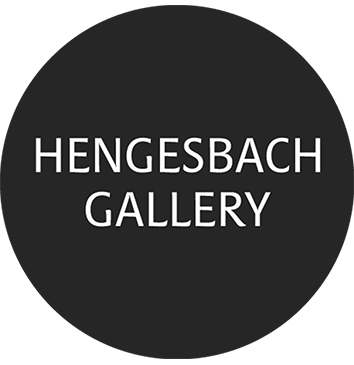Peter Bösenberg
11 April – 17 June, 2011
Not only film, but also the individual photographic image can tell stories. An image can capture the crucial moment of an event or its central location, where the key actors are gathered and the possible consequences become visible. A photographic image can highlight an event or a situation while fading out the surrounding context. In this form, the camera witnesses the occurrence and captures it.
There is, however, another type of narrative imagery. Here, the subject is not an external event or real-life situation that the camera isolates from its context. Instead, the event takes shape only within the image created by the camera. The image constructs the stage upon which the actors come together. It is only through the image that we realize a constellation of real-world elements has coalesced into a narrative on the picture plane. It is not the individual elements themselves, but the relationships between the fragments and segments of materiality—their respective visual weight—that develop into a visual narrative.
Peter Bösenberg’s photographic works belong to this second type of narrative imagery. These are images that give voice to the invisible stories of objects found in the neglected zones of our cities. Peter Bösenberg studied film at the Academy of Media Arts in Cologne, directed several films, and wrote screenplays. His eye is attuned to the subtly suggestive and evocative. He is not interested in the obvious surface-level events but rather in what can unfold from careful observation of the hidden.
The narrative quality of his images is not an explicit story—there is no clear plot. Instead, they suggest precursors to a story. They present facets, fragments of things that, due to their formal distinctiveness, enter into a contrasting dialogue with one another. This dialogue, however, is constructed in such a way that it does not evolve into a full-fledged action—his images lack the space for that.
What characterizes nearly all of Bösenberg’s images is that he cuts off the classic layered depth of the image toward the back. A scene within an image can only develop if there is enough surrounding context. From a purely visual standpoint, this would be the middle ground—or, in vertical composition, the center of the image. The foreground or lower image area serves as an entry point, setting the framework and spatial quality of the image, while the background or upper area offers perspective.
In Bösenberg’s images, there is no middle ground, nor any background. Instead, they are flat relief-like spaces in which various spheres and affiliations of reality are densely packed and intersect.
